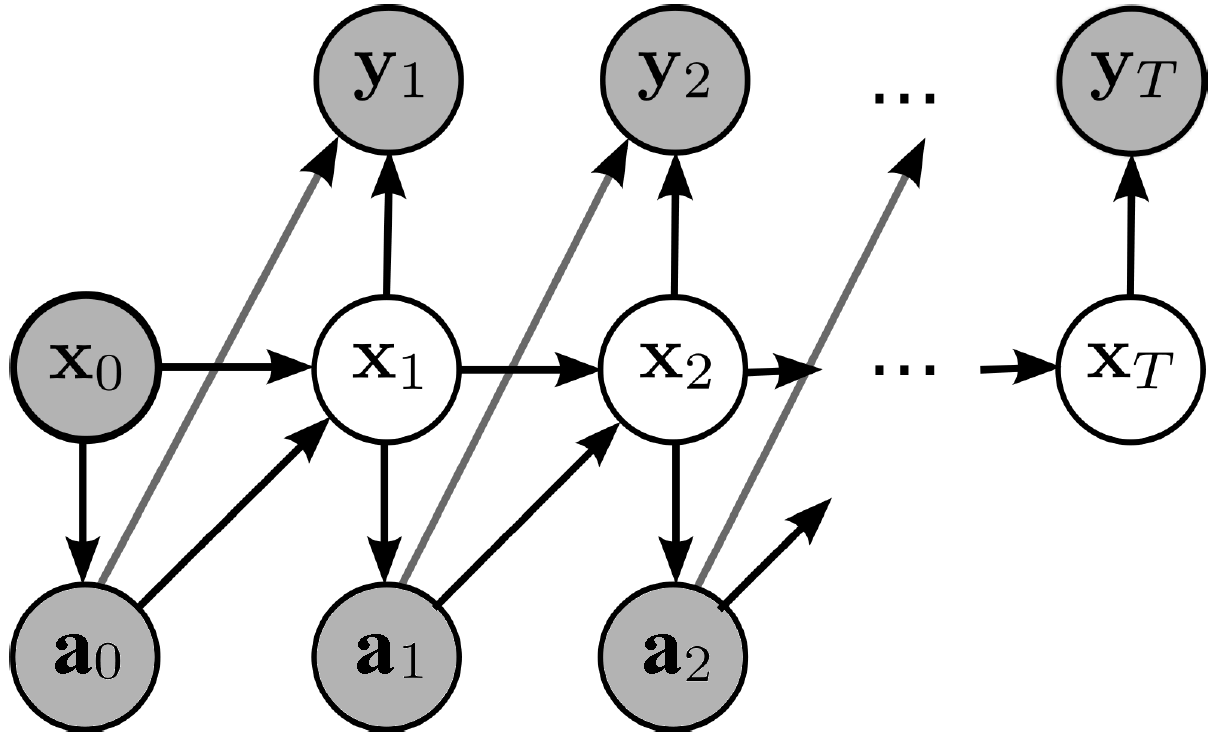What is Multi-Touch Attribution?
Last updated March 9, 2017Multi-Touch Attribution is a method of scoring customer touchpoints that tells you the likelihood that any given touchpoint, in any channel, contributed to a sale.
Attribution is the science of determining what caused a sale. We call the common method of counting the last thing a customer did before they made a purchase, say clicking on an ad, last touch attribution.
If instead we say the first time someone heard about your product caused the sale, say, reading a blog post, we call that first touch attribution.
The way things work in the real world, of course, is much messier than that. Consider these two cases:
- Customer A looks at three different pages on your website, downloads a report, watches a video, and then clicks on an ad, before finally purchasing your product three weeks later.
- Customer B reads a blog post about your product, then bookmarks it to look at later. Then he downloads a report and forgets to look at it. The next day he Googles your company and, after carefully examining the Product page of your site, decides to purchase.
How can you determine what caused the sale in each of these cases?
You can’t, when you’re just tracking aggregate events. But what you can determine, if you can track each individual customer and analyze all their touchpoints, through all channels over time, is how much each touchpoint contributes to the likelihood, over time, that a customer who makes that touch will purchase your product.
That’s multi-touch attribution.
The more revenue you stand to lose by failing to optimize customer acquisition and upsell, the more important multi-touch attribution is.
Attribution Matters
Why should you care about getting attribution right? Because buyer journeys matter. Knowing what touchpoint, from what channel, made a customer more likely to buy, tells you:
- What channels are you wasting money on? On which ones should you double down?
- What kind of content are your best customers hungry for?
- What is the least amount you can pay to get a certain increase in average customer spend?
The more you stand to gain or lose based on the answers to these questions, the more important it is to know which touchpoints made which customers more likely to buy across what channels.
In the age of Machine Learning, the machine should do the heavy lifting of attribution modeling, not the customer.
It’s possible to get some control over channel attribution using existing tools. But as anyone who has tried to set up anything other than default first- or last-touch attribution in Adobe Analytics or Google Analytics knows that it is incredibly complicated and challenging.[1][2]
That’s because without the right algorithms, you are forced to make a trade-off: Ease-of-use vs. power.
Machine Power vs. Brain Power
In the age of Machine Learning, the machine should do the heavy lifting. This is why we apply Bayesian algorithms to the problem of attribution modeling, which make it possible to simplify the customer view while amplifying marketing’s power to dive deeply into the data.
Standard attribution models like Linear Attribution or Time Decay Attribution oversimplify attribution to make it easier for the algorithm to do its work. This is understandable in a world in which Excel is the de facto standard for analysis.
By contrast, instead of trying to apply a linear formula to guess what channel or touchpoint caused what outcome, Bayesian algorithms use probabilistic logic to learn from the context in which events happen, in order to quantify and reduce the uncertainty that an event caused another event. (Marketing math geeks: We’ll dive deeper into Bayesian logic in a future post.) This means that, the more data you collect, the higher your resolution will be.[3][4]

Customer Data Platform Power
Of course none of this can work if your customer data is scattered in silos and inaccessible. The kind of multi-touch attribution I describe above is only feasible with a Customer Data Platform (CDP)—a central online repository where all of your first-party data, data you gather from your site, your app, analytics tools, CRM, marketing automation, historical data, POS et cetera is unified into a single view owned by your marketing team and accessible to all your business units. Learn more about CDPs and Treasure Data.